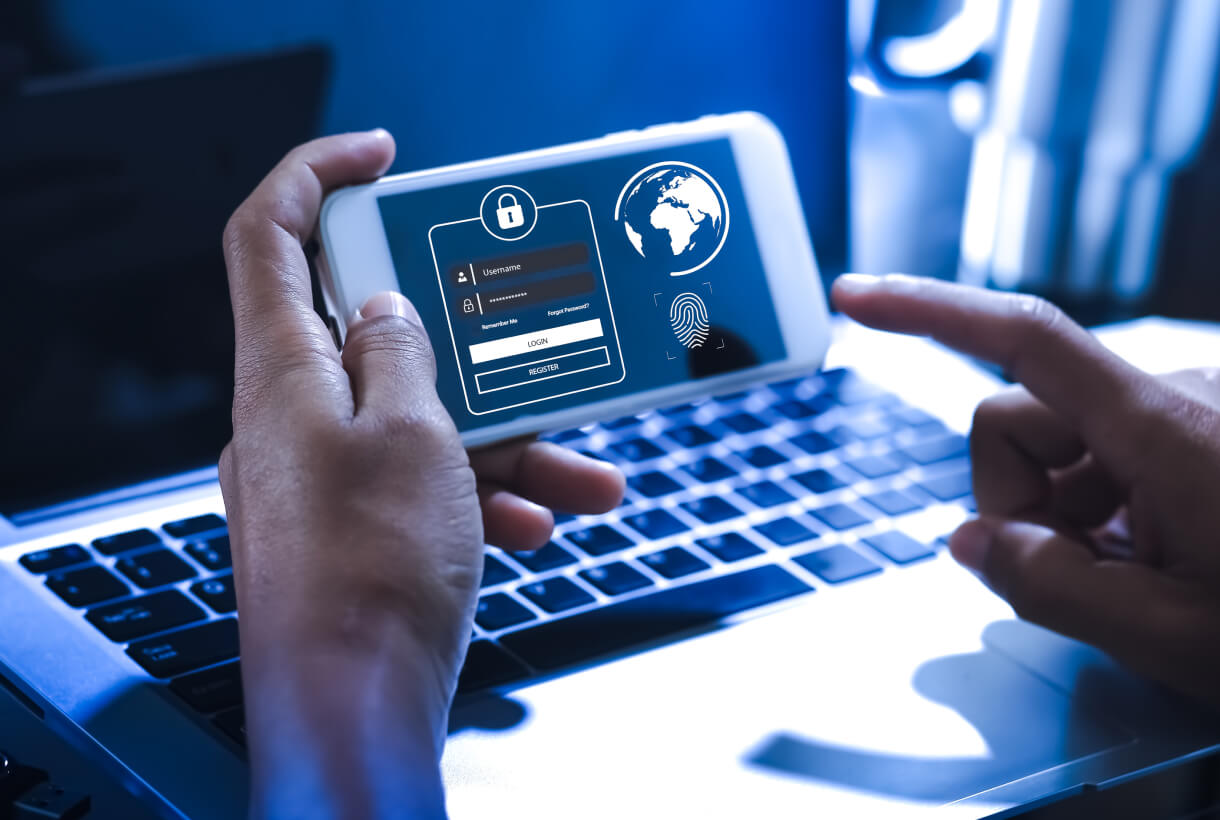Across all industries, the risk of cybersecurity threats is increasing. Last year data breaches surged at corporations, increasing by more than 68 percent. Meanwhile, cyber criminals are becoming more sophisticated. As we come out of the pandemic, larger hybrid workforces may further increase the risk of exposure to attacks.
Cyber threats put sensitive data and operational security in peril. Taking steps to improve cybersecurity awareness communication has become critical for all organizations. More than ever, corporate culture must promote clear and consistent cybersecurity communications, as well as compliance with key cybersecurity initiatives, to adequately combat these growing concerns.
Creating a Cybersecurity Culture
Although cybersecurity is a complex issue, too often organizations focus only on the technical solutions needed to safeguard the business. In reality, all your departments and employees are involved in protecting your company’s valuable and sensitive data, not just IT. Fortunately, organizations are beginning to realize this, with 88 percent of Boards of Directors now viewing cybersecurity as a business risk, not just a technology risk.
Building trust between the cybersecurity team and non-IT employees and managers is crucial for safeguarding your business, but it’s also a mountain to climb. Despite the growing awareness of increasing cybersecurity threats, 85 percent of organizations hold the CIO, CISO or their equivalent as the top person accountable for cybersecurity. A rebalancing needs to occur in order to build an organization-wide culture that promotes awareness of cyber threats.
It's time to craft a culture where all employees see themselves in an active cybersecurity role. These three tips can help lay the foundation for such a culture.
1. Draft a Plan to Incorporate Cybersecurity Best Practices
Crafting a cybersecurity culture is an ongoing process – it requires understanding your organization’s strengths and weaknesses regarding both cybersecurity itself and the surrounding issues. Creating a realistic plan to promote an active cybersecurity culture means facing these realities while incorporating cybersecurity best practices.
All plans should include procedures for communication in the case of a cybersecurity attack and a process for maintaining important contact information remotely. When it comes to cybersecurity communications during an incident, make sure they include your business’s customers, both to maintain your brand reputation and to meet legal requirements.
2. Launch Cybersecurity Education Initiatives for Your Employees
Your employees are your first line of defense against a cybersecurity attack. Adequately informing them of how to identify and respond to risks is vital. A program of cybersecurity education is one of the easiest ways to develop best practices for cybersecurity awareness communications among all your employees.
The first step in any cybersecurity education initiative is to ensure every employee understands the importance of cybersecurity and the role they play in supporting it within your organization. From this foundation, move on to specific measures such as best practices regarding passwords and how to maintain a clean machine. Make sure all employees understand communication procedures in case of a network outage. Employees should also understand what steps to take to secure devices when working remotely.
Remember – most of your employees are not IT experts. Keep your rules and expectations as clear and simple as possible.
3. Emphasize the Importance of Cybersecurity Communications
Proper communication regarding your cybersecurity policies and guidelines goes together with employee education. After all, members of your organization can’t be expected to follow practices they don’t know about.
When crafting your company’s cybersecurity communication policies, keep in mind over-communicating is better than under-communicating. Any group communications services should be tested frequently to ensure your employees are well-acquainted with your communications channels.
In addition to informing employees about cybersecurity best practices, your communication policies should include guidelines for quickly informing employees about emergency situations such as system outages. If your employees know what to expect in these situations, your cybersecurity preparedness will increase dramatically.
Cyber criminals continue to evolve and adapt their methods – organizations must do the same in response. It starts with implementing a culture of cybersecurity awareness.
Learn more about why you need a means to quickly communicate internally and externally – watch this on-demand webinar.


